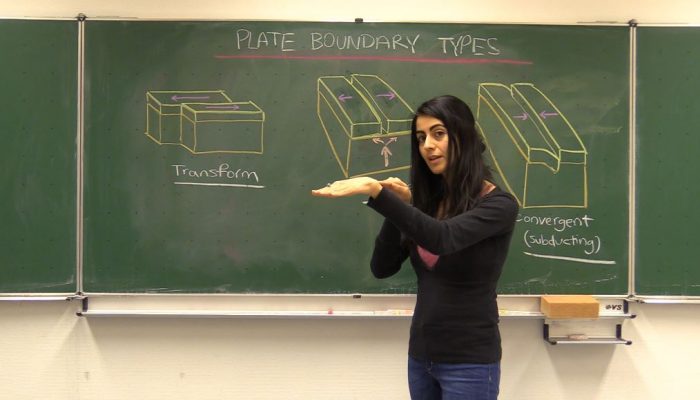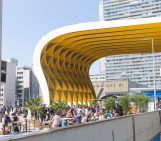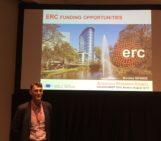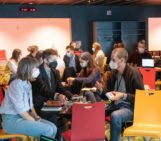
A long time ago, when I walked into the Ministry of Education building in Dushanbe (Tajikistan) to inquire about offering an earthquake education workshop in a public school, I had no research agenda, let alone thinking about publishing it one day. All I wanted was to do something useful: sharing earthquake science with school children. Recognizing the value of geoscience communication, my graduate school advisor was on board, but she also asked me to be methodical and rigorous, just as I would be with scientific research. This felt like a daunting task as neither I nor my advisor had any formal training in geoscience education research. To do this, we had to tear down academic silos, make friends with social scientists and leaf through many papers we normally wouldn’t. But asking for help and getting help from the right people ultimately put us on the right path to carrying out and publishing our geoscience communication research.
Helping you publish your geoscience communication work is exactly what the Geoscience Communication (GC) editors are planning to do at the EGU23 General Assembly. They have organized a drop-in ‘clinic’ where you can bring all your ideas and questions. No question is too basic and it doesn’t matter how well developed (or not) your idea is. They are there to help you think through it and make it publishable. Alternatively, if you’re already doing excellent geoscience communication work but not publishing, let the GC editors convince you that publishing your work is worth it.
So what happens at the drop-in clinic during EGU23?
Regardless of how you plan to attend EGU23 (on site or virtually), the GC editors will take you through the following course structure:
- Introduction – This will be a brief tour of a recent editorial in GC on how to make your Geoscience Communication work publishable. A general Q&A will follow.
- Drop-in clinic – This is a small group discussion. There will be a table/zone per theme of the Geoscience Communication journal (e.g., geoscience education, engagement, policy, history and philosophy of geosciences, and open geoscience). There will be an editor per table. You can choose your table and ask your questions.
- One-to-one chat – This is a private chat with a GC editor about your research idea or how to integrate research into your geoscience communication activity (i.e. make it publishable).
Interested in dropping by the publication clinic?
This session is open to all EGU23 conference attendees including those attending virtually. The GC editors look forward to meeting you on Thursday, April 27, 10:45-12:30 CEST online (Zoom link will appear on the conference website soon) or in-person in room -2.85/86 at the Austria Center Vienna.
To add this session to your personal program, go to:
https://meetingorganizer.copernicus.org/EGU23/session/46511
You may also view/download the session materials ahead of time using the above link. If you have any questions or concerts, feel free to get in touch with the session conveners.
Interested but cannot drop by?
GC editors are a friendly bunch so don’t hesitate to contact them if you have any questions. Please use the following email address: gc-executive-editors@mailinglists.copernicus.org and one of the executive editors will get in touch with you quickly.
Here are two papers you might want to check out if you’re interested in publishing your geoscience communication work with GC:
Geoscience Communication – Building bridges, not walls (Illingworth et al., 2018)
Geoscience Communication – Planning to make it publishable (Hillier et al., 2021)






David Crookall
Wonderful post, Solmaz.
It is very relevant to a special issue of the European Geosciences Union (EGU) journal ‘Geoscience Communication’ on the theme of climate and ocean education (literacy). The CfP is available when you fill out this short form https://forms.gle/wExv7amY95qHXCop8, and directly here https://oceansclimate.wixsite.com/oceansclimate/gc-special.